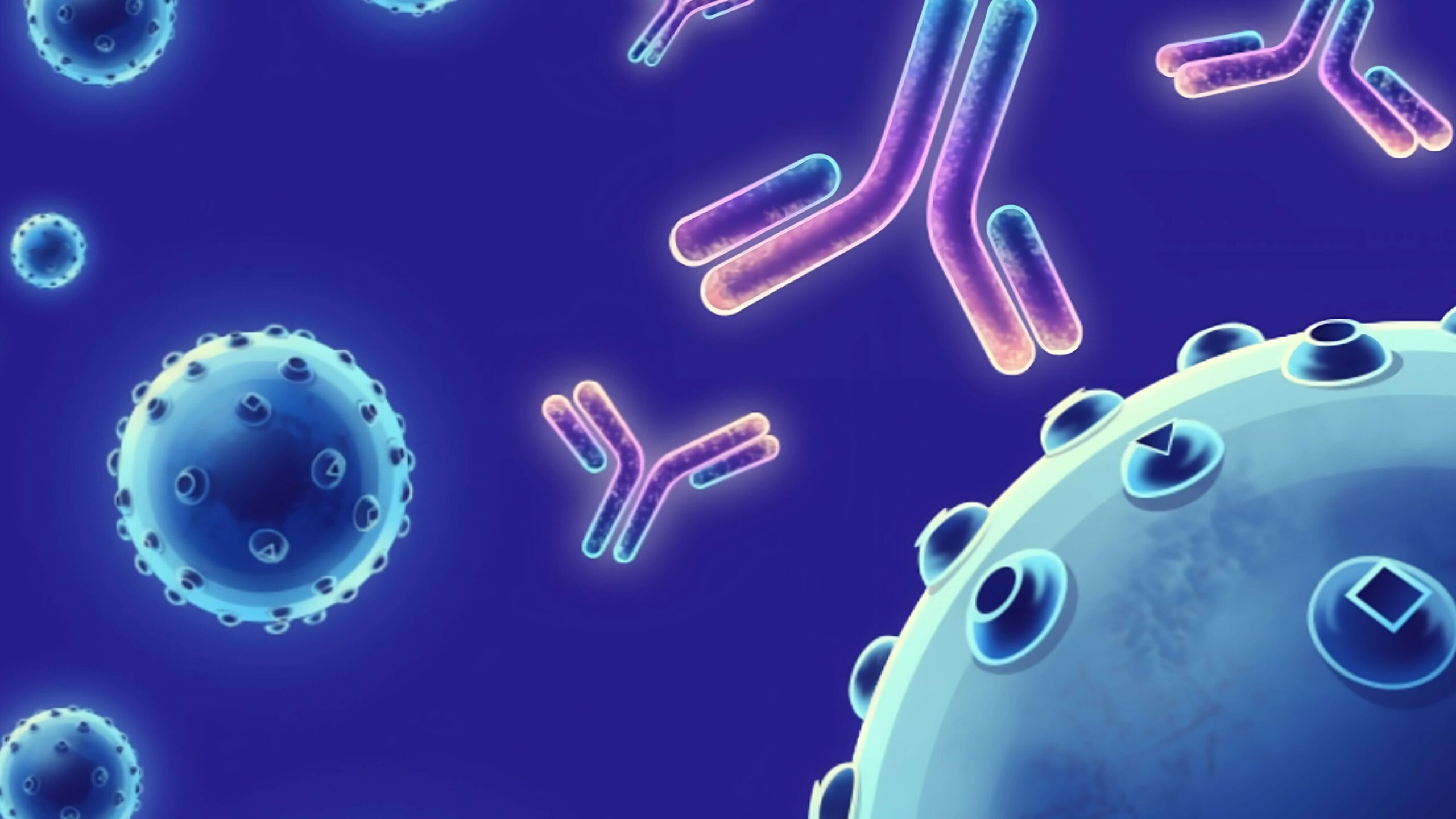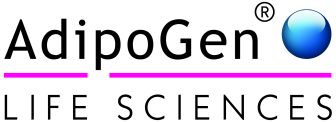Description
This antibody is a biosimilar called Ruplizumab (Antova; BG9588) and originally developed by Biogen. The hu5c8 antibody was generated by fusing human IgG1kappa constant domains to the antigen-binding domain of a mouse anti-CD40L monoclonal antibody. The antibody was produced recombinantly from the original hu5c8 antibody sequence. Ruplizumab is a CD40 ligand blocker designed for the treatment of rheumatic diseases like systemic lupus erythematosus and lupus nephritis, but withdrawn from clinical trials due to side effects. Recognizes and binds human CD40L with an IC50 of 0.845µg/ml. Cross-reacts with canine CD40L. Species cross-reactivity: Dog, Human. Clone: hu5c8. Isotype: Human IgG1kappa. Applications: FACS, FUNC, FUNC (Blocking), WB. Host: . Liquid. In PBS. CD40 Ligand (CD40L), renamed TNFSF5 but now also known as CD154, TRAP and gp39, is a 34-39kDa type II transmembrane glycoprotein, that belongs to the TNF superfamily, and a surface receptor expressed on activated T cells which acts as a costimulatory molecule to trigger immune responses. CD40L binds to CD40, which is essential in mediating a broad variety of immune and inflammatory responses including T cell-dependent immunoglobulin class switching, memory B cell development and germinal center formation. CD40 is constitutively expressed by antigen presenting cells, including dendritic cells, B cells and macrophages. Consistent with its widespread expression on normal cells, CD40 is also expressed on a wide range of tumor cells. CD40L levels are increased in serum and in inflamed tissues of patients with autoimmune diseases.
Target
CD40L
Target Alias Names
CD40 Ligand, CD154, Tumor Necrosis Factor Ligand Superfamily Member 5, TNFSF5, Gp39, TRAP
Isotype/Mimetic
Human IgG1kappa
Animal-Derived Biomaterials Used
None
Sequence Available
Yes
Original Discovery Method
Animal-derived from hybridomas excluding ascites
Original Discovery Information Provided On Datasheet
No
Antibody/Binder Origins
Animal-dependent discovery (in vitro display, OR immunisation pre-2020), In vitro recombinant expression

